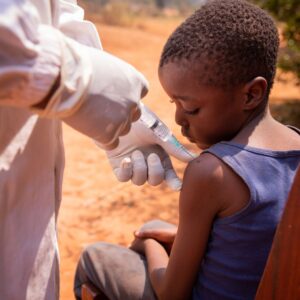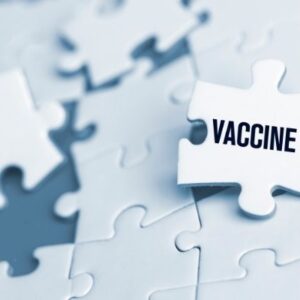The World Health Organization (WHO) has announced the theme for World No Tobacco Day 2026: “Unmasking the appeal – countering nicotine and tobacco addiction.” The campaign focuses on revealing how the tobacco and nicotine industry continuously reinvents and repackages its products to attract a new generation, particularly children and adolescents, while evading stronger tobacco control measures worldwide. Despite decades of progress in reducing tobacco use, these aggressive strategies threaten to reverse public health gains.
The tobacco industry is increasingly promoting new and emerging nicotine products, including e-cigarettes, nicotine pouches, and synthetic nicotine devices, often marketed as “innovations” to sustain addiction and recruit new users. These tactics put global tobacco control efforts at risk, particularly among young people who are more susceptible to marketing and product design strategies.
Recent data underline the scale of the crisis: at least 40 million children aged 13–15 globally use some form of tobacco. Of these, 20 million smoke cigarettes, 10 million use smokeless tobacco, and at least 15 million are already using e-cigarettes. In countries with available data, children are on average nine times more likely than adults to vape, highlighting the targeted nature of industry campaigns. Flavours, slick packaging, and deceptive marketing are designed to make highly addictive products appear fashionable, creating a cycle of addiction that threatens to undo years of tobacco control progress.
World No Tobacco Day 2026 aims to raise awareness about the evolving strategies of the tobacco and nicotine industry, including the use of synthetic nicotine, nicotine salts, and analogues that increase addiction potential while appearing technologically advanced. The campaign also advocates for stronger policy actions to protect youth, such as bans on flavours, advertising, and promotion on digital platforms, as well as regulations on packaging and product design. Additionally, it seeks to prevent addiction by equipping the public, especially young people, with knowledge and tools to resist industry manipulation and access evidence-based cessation support.
Building on the momentum of the 2025 campaign, World No Tobacco Day 2026 underscores WHO’s commitment to exposing industry tactics and advancing policies to protect young people and communities from nicotine addiction. The campaign calls on governments, partners, and civil society to strengthen regulation, close policy gaps, and safeguard future generations from the harms of tobacco and nicotine products. Observed annually on 31 May, World No Tobacco Day unites global stakeholders in a shared mission to end the tobacco epidemic and secure a tobacco- and nicotine-free future for the next generation.







